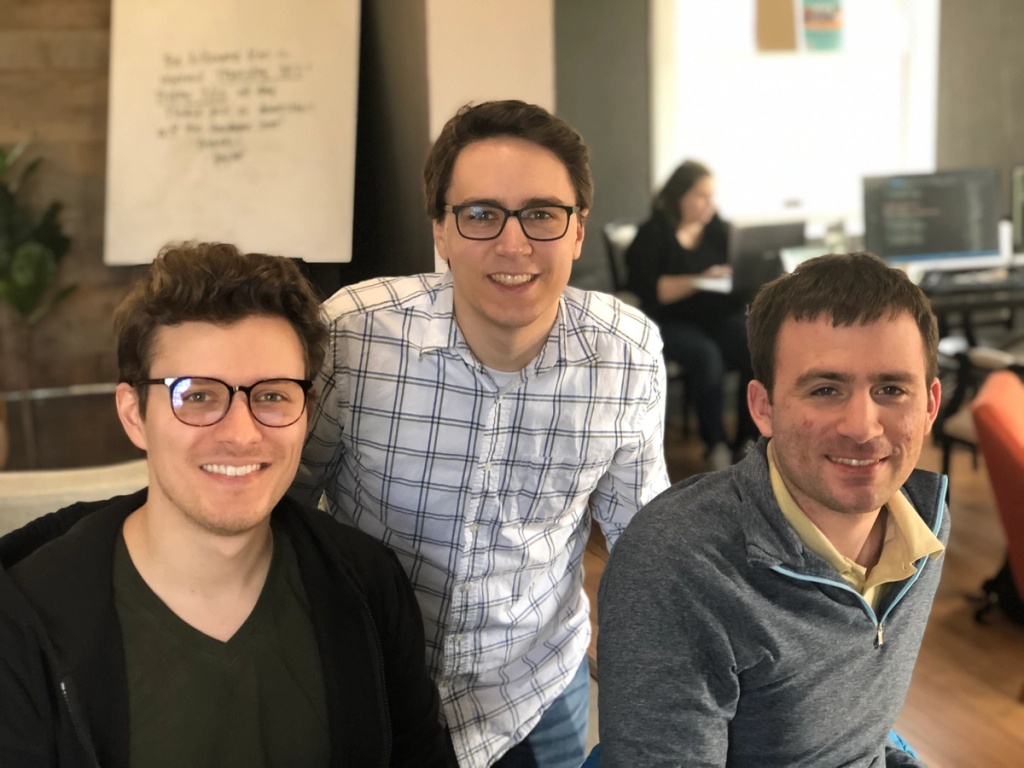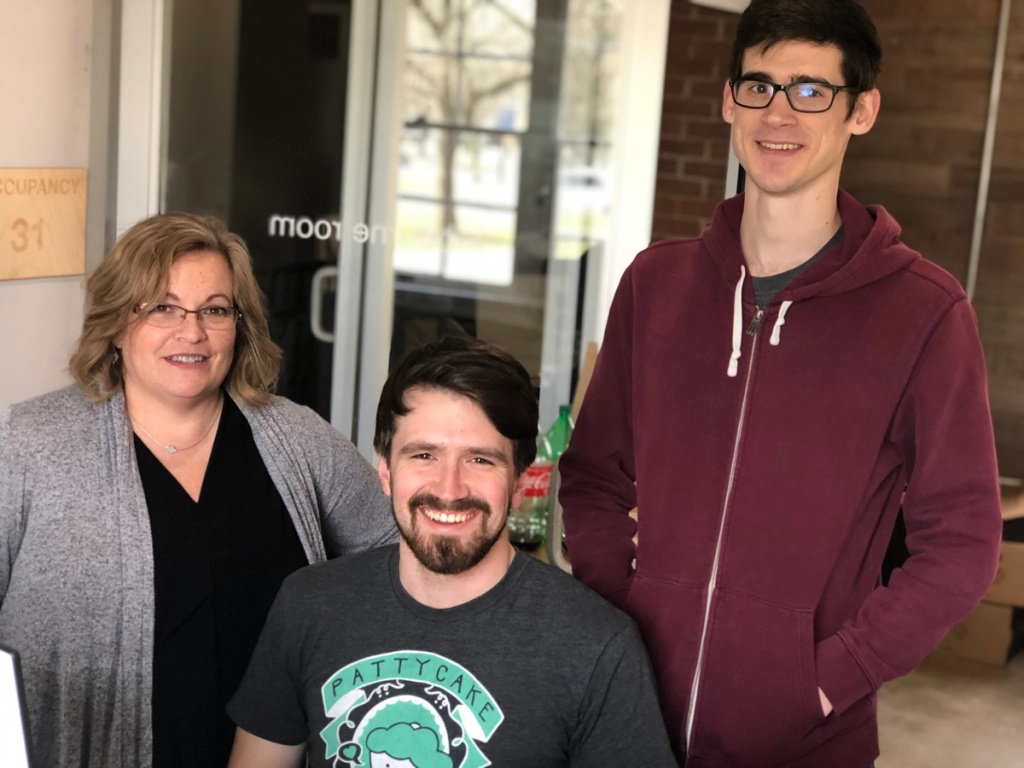
"Return to Work" and pandemic lessons learned
July 19, 2021As companies begin to negotiate their paths back to pre-pandemic operations this summer, I've been hearing the term "return to work" a lot. The problem with that term: we never left work. We just brought work home, some of us while supervising children learning virtually; others while grappling with the isolation, illness, and loss the pandemic has brought; and all of us while looking for flickers of normalcy in a stretch of history that has been anything but.
"Normal" is starting to pop up a little more these days now that nearly half of the country is fully vaccinated, so like many other companies, MoreSteam is mapping out what office life will be as we emerge from the pandemic. This has been a gradual process, and it seems like we're not alone — a recent Washington Post article cited statistics showing only about one-third of employees were back in large office buildings as of early July.
In sharing our experience navigating a return to workplace, I'm hoping you might be able to take away some insights for your own organization's path forward.
1) The voice of the customer — in this case, employee — is still the best place to start.
Before we began the hybrid work schedule we've maintained since May — two days in the office, three at home — we turned to our employees, who have worked tirelessly over the past year-plus to give our customers the best experience possible when all-virtual learning has been the only option for many of them. In addition to surveying them on their level of comfort with returning to the office, we also asked employees what they like and don't like about working at home and in the office. We mapped these data points — turns out we're a pro-sweatpants, anti-"work clothes" crew — using an Affinity Diagram, which better crystalized our thinking on what our team would lose and gain by coming back into the office.
2) If both options have their upsides, take a "test and learn" approach.
Why were we considering bringing employees back into the office when our remote workforce continued to deliver for our organization during a tough year-plus? We made sure this question stayed at the center of our discussions to make sure we didn't make the mistake of jumping to solutions before fully defining the problem, not unlike the A3 process that's key to pointing any process improvement initiative in the right direction. It's what employees noted that they missed by not being in the office — social interaction and collaborative problem solving, to name a few — that led us to the "2-3" cadence as a start. This five-month period, which ends in October, allows our employees to still reap the benefits of remote work (sweatpants! pets on Zoom calls!) a few days a week while readapting to office life and working through the occasional challenges of having teams with a mix of employees in the office and at home on a given day. This incremental, flexible approach echoes the "test and learn" strategy we advise organizations to take when eyeing process changes.
3) Do what it takes for your handoffs — and your culture.
During the pandemic, we learned a valuable lesson that won't come as a surprise to any organization with departmental silos: It's easier to maintain connections inside of functional groups without face-to-face interaction but it's much tougher to keep that up across them. Handoffs are where an otherwise smooth process can encounter stumbling blocks — for proof, look no further than the United States' men's and women's Olympic relay teams, who have been plagued by baton-drop mishaps enough times to develop a reputation for it.
To help keep our handoffs seamless, we're following up our "2-3" hybrid schedule with a five-week stretch beginning in October where all of our employees will be back in the office every weekday. After that, we plan on settling into a "new normal" of three days in the office, two at home each week. Having our whole team under one roof will be our chance to conduct those trial runs for cross-silo handoffs — but it's about much more than that. It's also an opportunity to rebuild aspects of our company culture that may have taken a backseat to the digital demands of pandemic work. The little details matter, something I think about when I see our summer interns burning the last few minutes of the lunch hour on our shuffleboard table.
4) Standard work will see you through.
As much as we've experimented with new options for our team in recent months, one thing we haven't changed is the infrastructure of standard work across our organization, one established long before the pandemic. This plays out in the form of daily standups, quarterly product reviews, and sprint retrospective meetings, to name just a few. With these structures in place — and, importantly, with all the metrics that feed into them — it's possible to assess the impact of changes and adjust when need be. It's also just nice to see familiar faces, and sometimes that can go a long way.

President • MoreSteam
Peg Pennington joined MoreSteam's executive team in 2018 and today leads all company operations as President. Previously, Peg was the Executive Director of the Center for Operational Excellence at The Ohio State University, where she helped shape the Master of Business Operational Excellence ('MBOE') program and strengthen standards for Lean Six Sigma certification. She serves on the board of directors for the Lean Enterprise Institute (LEI). A recognized voice in operational excellence, Peg speaks at over a dozen national conferences each year and leads product workshops.
Before joining MoreSteam, Peg was the Executive Director of the Center for Operational Excellence at The Ohio State University. Peg holds a bachelor’s degree in finance from Michigan State University and an MBA from the University of Dayton.





